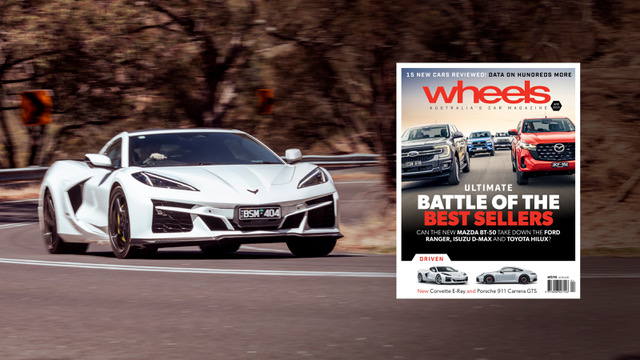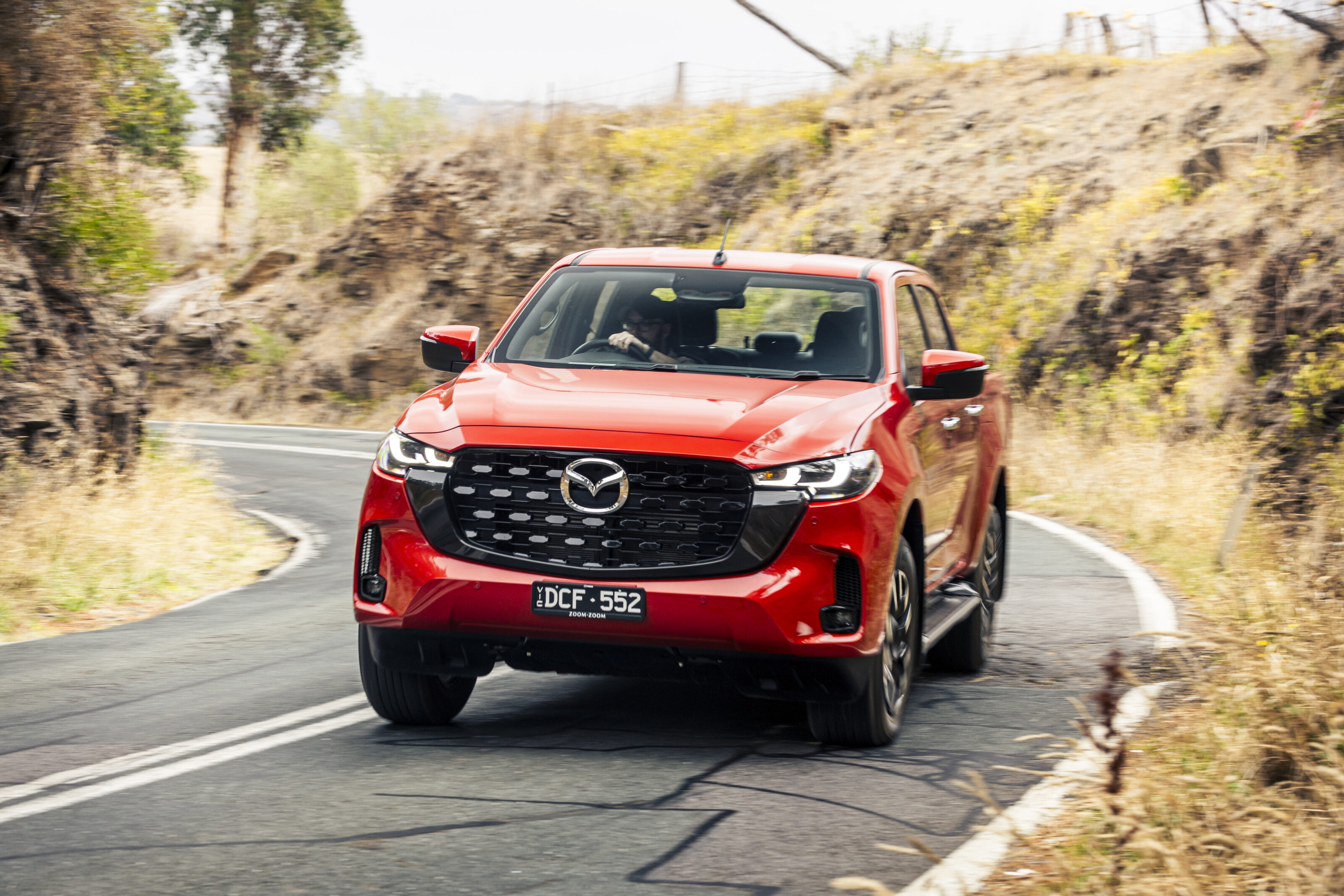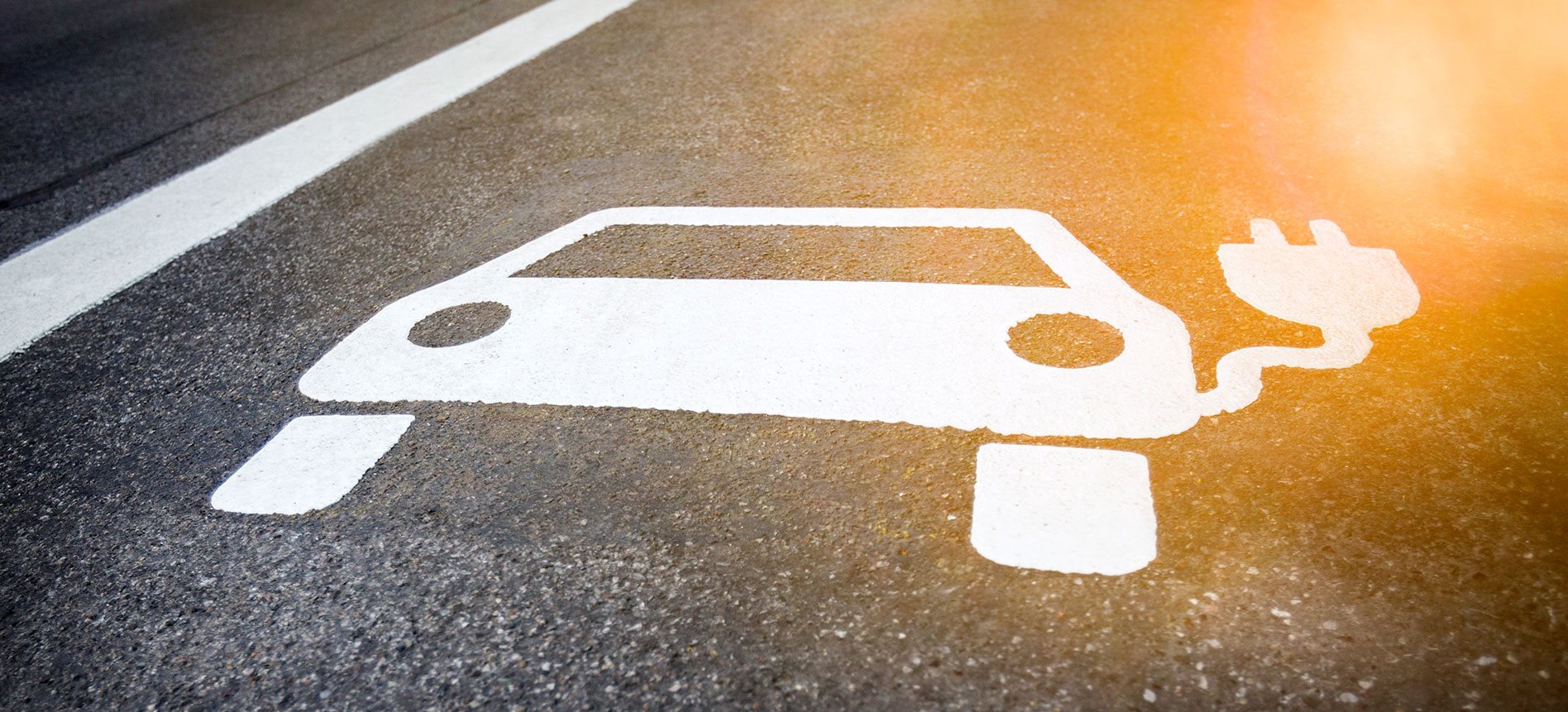
Snapshot
- Federal discounts incentivise new EV purchases
- 117 EV charging stations and a hydrogen highway
- Investing in local renewable manufacturing
- Incentivising home solar power
Overnight, the Albanese Labor Government announced the Federal Budget with a focus on lowering emissions, creating greater equality and strengthening the economy.
Crucially for us at WhichCar, the Budget encourages decarbonisation of Australia’s automotive fleet with big spending on charging infrastructure, EV uptake and reaching net zero by 2050 written into law.
The Budget also outlines the funding allocated to roads, the national grid, green energy and reinvigorating local manufacturing.
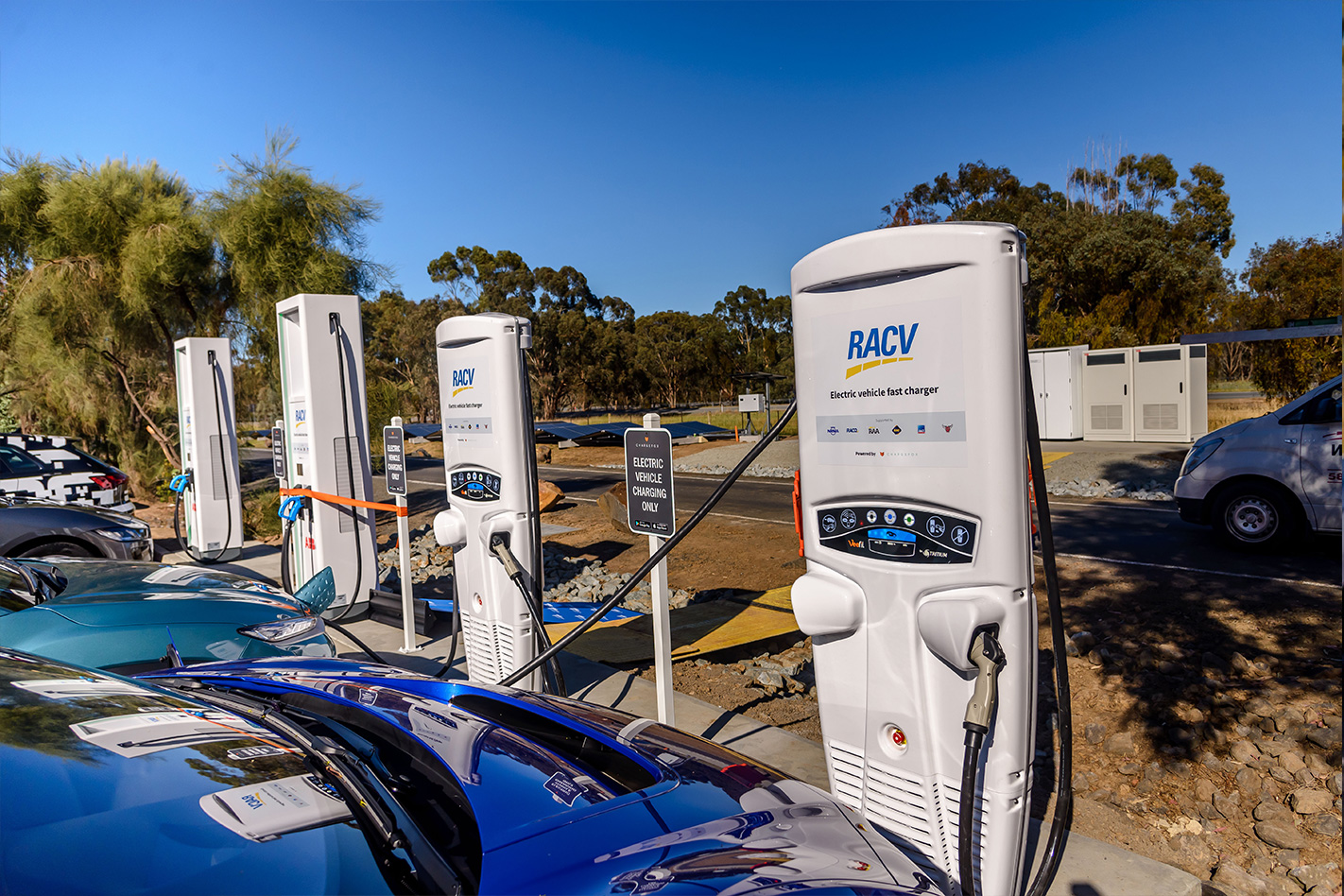
Jump ahead to what interests you
Decarbonising Australia’s transport fleet
The Federal Budget includes Electric Car Discount incentives totalling $345 million in value.
Part of this is cutting the Fringe Benefits Tax (FBT) and five per cent import tariff for battery-electric vehicles (BEVs). The FBT savings amount to $9000 per annum for an employer, or $4700 for an individual with a salary sacrifice agreement for a $50k electric vehicle such as an MG ZS EV or BYD Atto 3. Cutting import tariffs drops purchase prices by a further $2500, according to the documents.
To help bolster the second hand EV market, as well as cut CO2 outputs, the Government has pledged 75 per cent of its fleet will be made up of battery EVs by 2025. Small businesses are being encouraged to decarbonise with a $62.6 million funding package, including for electrification of fleets.
A $500 million ‘Driving The Nation Fund’ includes rolling out 117 EV charging stations and hydrogen refuelling stations for key freight routes.

The Government has also pledged $14 million to real-world efficiency testing to test manufacturer’s claims after Volkswagen’s Dieselgate scandal, a move which the Australian Automobile Association (AAA) praised.
The Budget is a step in the right direction for lowering emissions, but some are calling for more to be done.
“By introducing an ambitious and robust fuel efficiency standard, manufacturers would be compelled to introduce more fuel-efficient vehicles into the Australian market, including more electric vehicle models,” said Carola Jones, founder of EV charging software supplier Everty.
“To accelerate the supply of electric vehicles to Australia, the Government should commit to implementing the fuel efficiency standard by January 1, 2024 at the latest.”
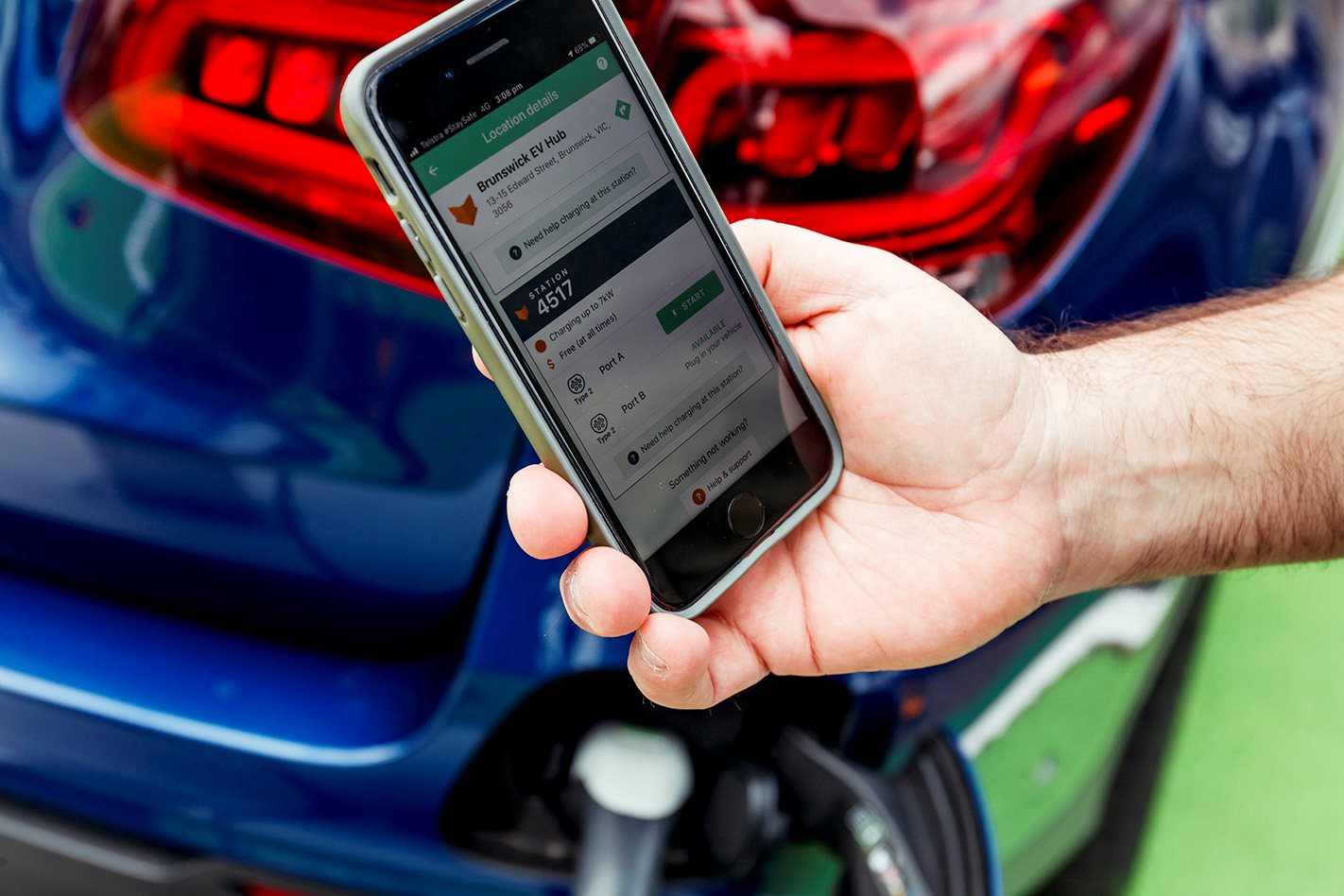
The government is investing $42.6 million into reinvigorating the Climate Change Authority to track the country’s progress on lowering emissions.
In tandem with the initiatives announced in the Budget, the Federal Government continues consulting on the first National Electric Vehicle Strategy with key stakeholders.
Emissions reduction mandates of 43 per cent by 2030 and net zero by 2050 are now law.
State-by-state differences in how road users are taxed for various vehicles remain in place for now, so Victorians will still need to pay 2.1 cents/km driven in a plug-in hybrid.

Local manufacturing and skills
There isn’t going to be an influx of automobile manufacturing in Australia, but the Budget does outline spending in with the National Reconstruction Fund, aimed at providing opportunities in the private sector.
Among the seven sectors are renewables and low emissions technologies and transport. This could see further investment in local battery skills such as repair, recycling or manufacturing with grants of up to $113.6 million offered.
This is something Stavros Yallouridis, CEO, of the Motor Traders’ Association of NSW (MTA NSW) sees as crucial to support the adoption of EVs.
“Small businesses within the motor trading industry continue to struggle to find skilled workers and our data shows that there is currently a deficit of over 30,000 skilled professionals nationally,” he said.
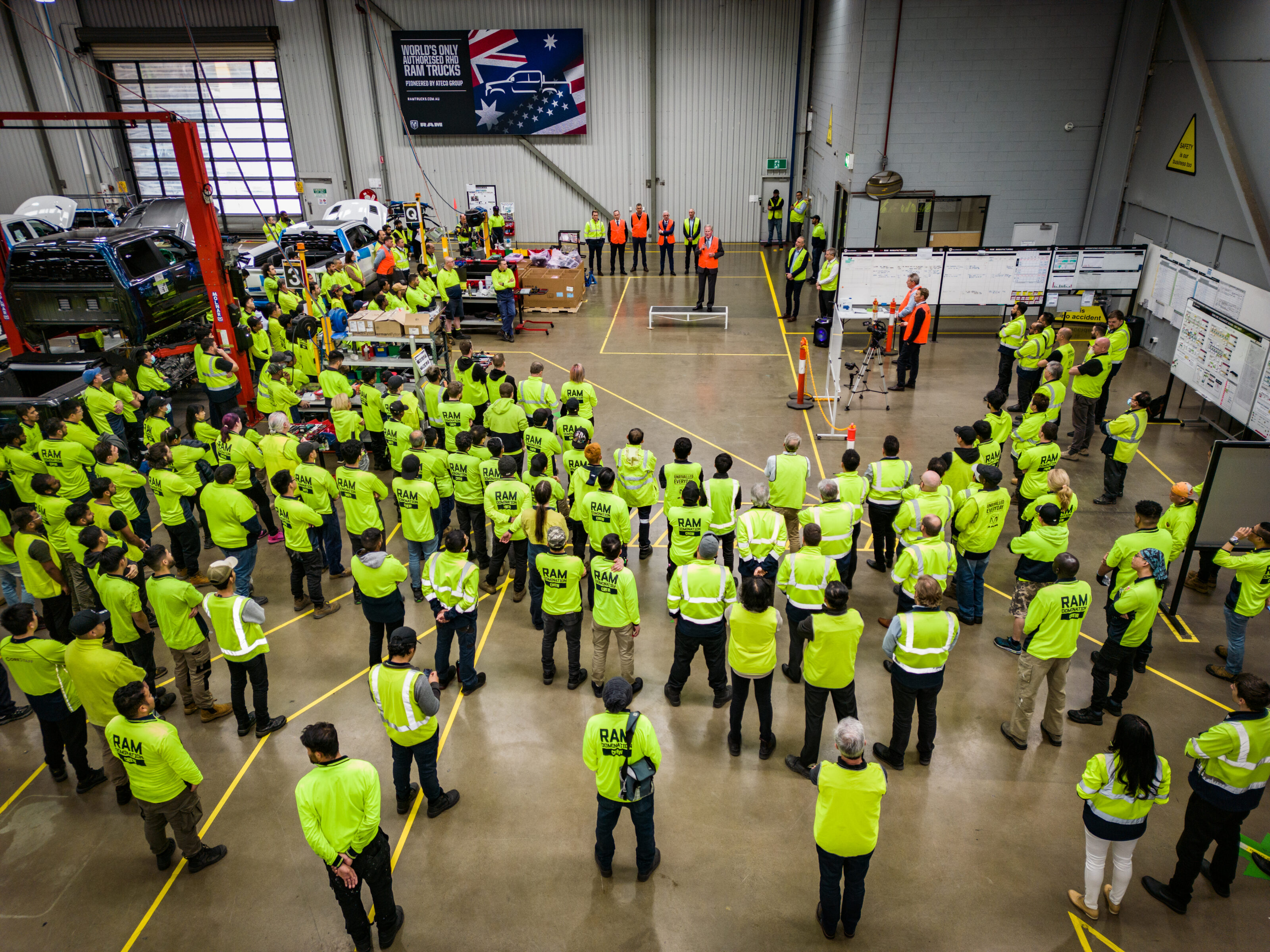
“To service and repair EVs will require additional qualified professionals and an upskilling of the current workforce to safely and effectively undertake this work.”
Additionally, the AAA called out the disconnect between the continued revenue from tariffs, such as the Luxury Car Tax, that were designed to protect local vehicle manufacturing but are now impeding the uptake of electric vehicles by increasing prices.
Road and infrastructure spending
Over the next 10 years, the Government has pledged a total of $120 billion of investments into transport infrastructure.
For the next 12 months, $13.3 billion is going towards infrastructure improvements. The Budget outlines road improvement projects in New South Wales, Victoria, Queensland, South Australia, Western Australia and the Northern Territory.
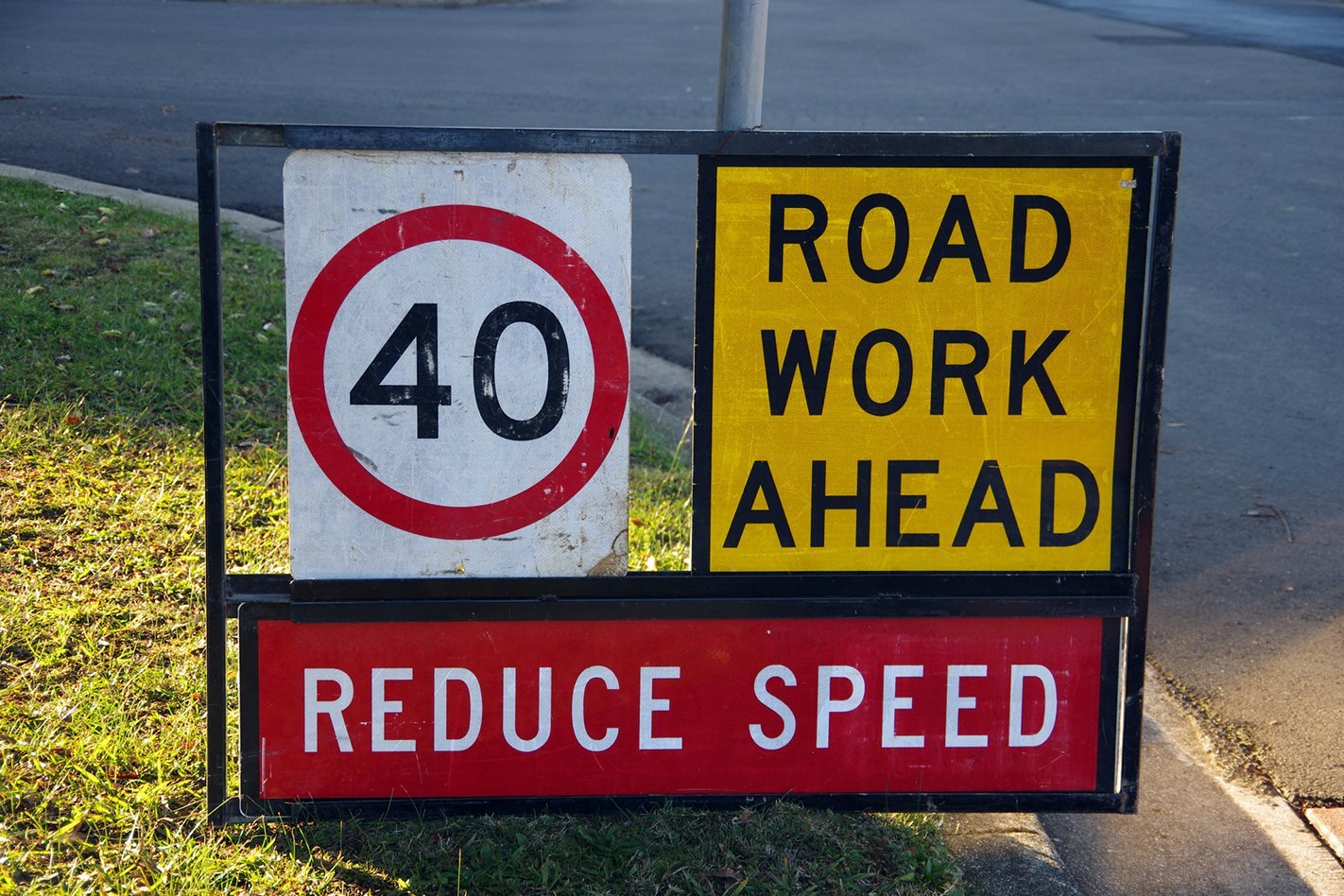
There is also a $125 million investment headed to WA to set up electric buses and charging stations.
However, the AAA continues to criticise the Government for not returning 100 per cent of revenue from the fuel excise to infrastructure.
“The AAA is continuing its call for the Government to allocate 100 per cent of fuel excise revenue to Commonwealth funding of land transport infrastructure. The budget shows 91 per cent of fuel excise is being reinvested in 2022-23, 97 per cent in 2023-24, 92 per cent in 2024-25 and 88 per cent in 2025-26”, the AAA said.
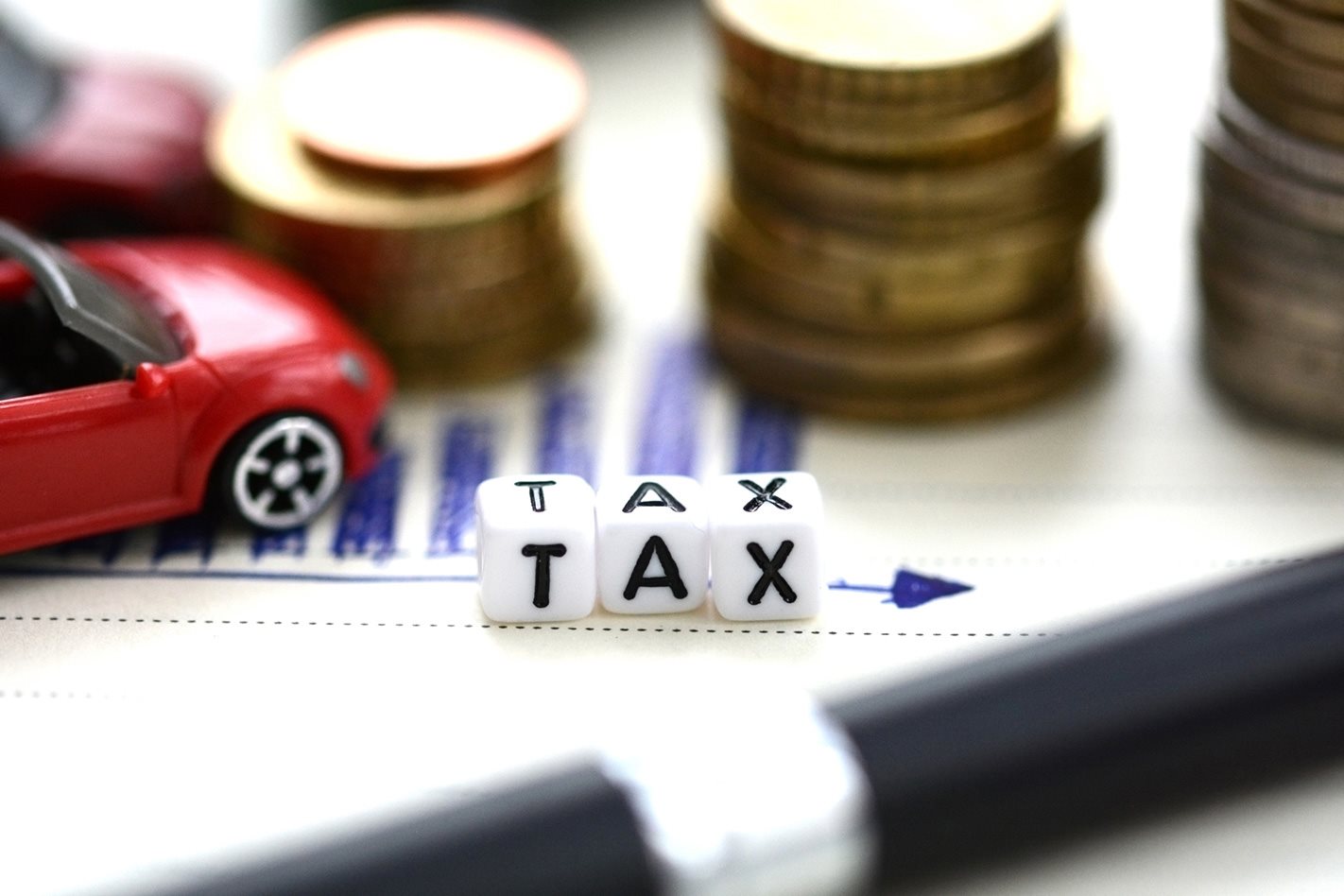
Energy and grid incentives
Without significant improvements to the national energy grid, electrifying the nation’s transport could cause the country to come to a standstill.
Alongside improving wiring and storage on a macro level, the Budget is pledging money to provide affordable solar power solutions to houses in cities and regional communities.
The Rewiring the Nation incentive will use $20 billion in low-cost loans to improve the national grid. This includes energy transport and storage solutions to reduce Australia’s reliance on external energy.
Alongside Rewiring the Nation, a $1.9 billion Power the Regions fund will assist Aussies outside big cities by giving access to lower emissions energy sources. This is teamed with a $224.3 million pledge under the Community Batteries for Household Solar program and $102.2 million investment to help 25,000 households access affordable household solar.
This will cut 100,000 household’s power bills, according to the Government, with 400 batteries to store solar energy rolled out in communities around Australia.
We recommend
-
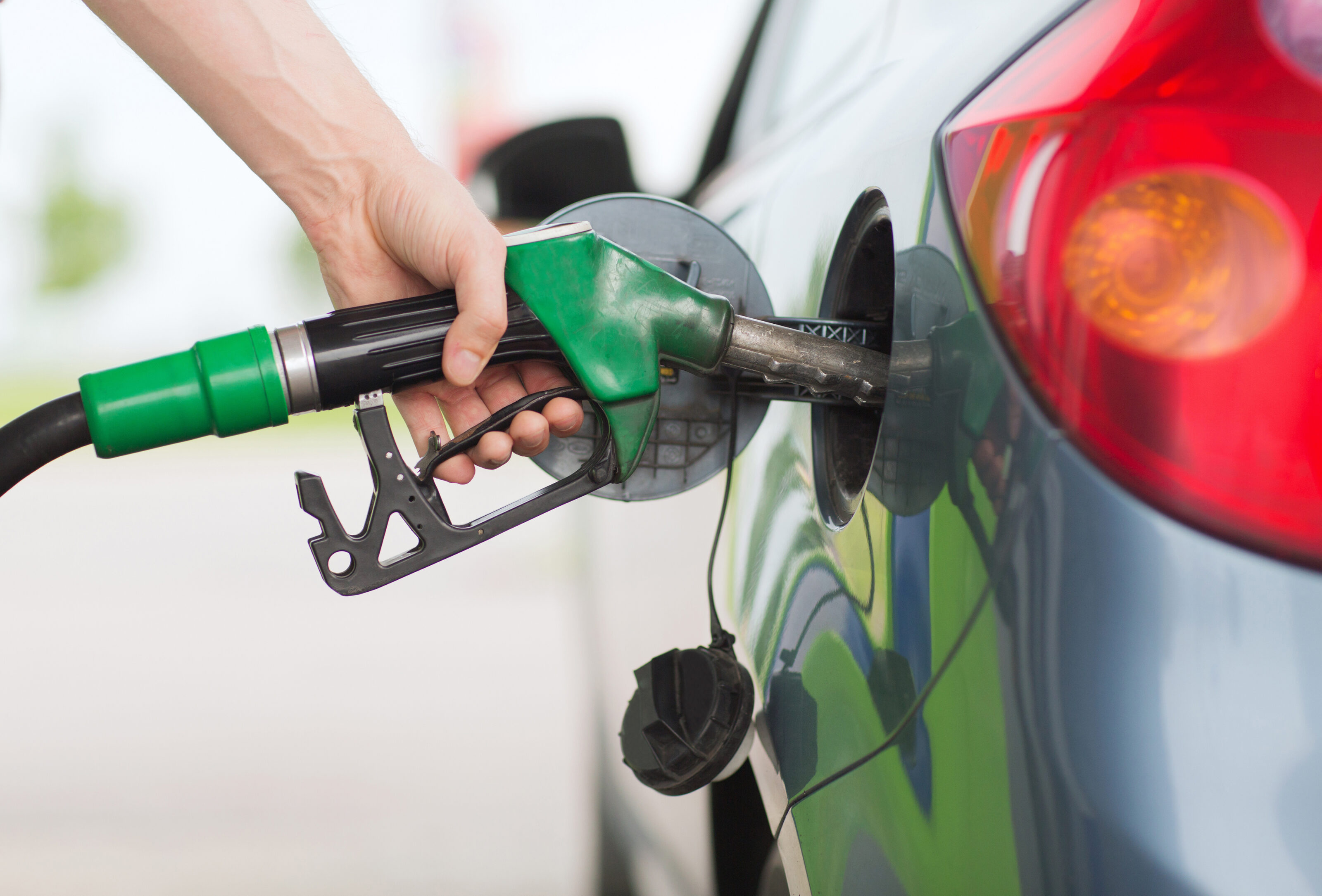 News
NewsAAA says fuel excise should be spent on roads infrastructure
The Australian Automobile Association has called for 100 per cent of fuel excise revenue to be spent on our roads
-
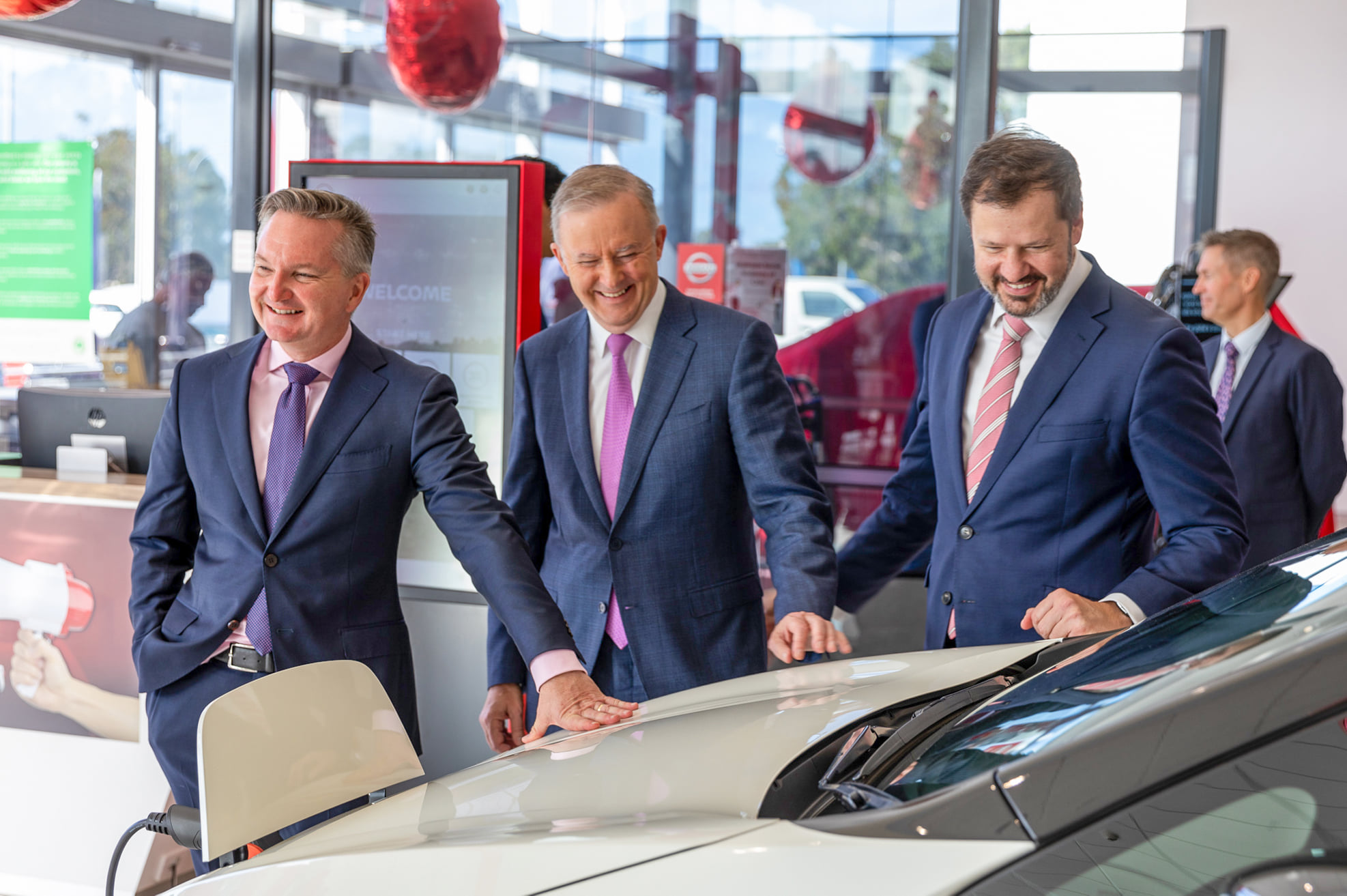 News
News40% of businesses surveyed said they'd purchase an EV in 2023 if Albo's bill goes through
The Government's Electric Car Discount Bill was introduced in July
-
 News
NewsChargefox EV charging network acquired by Australian Motoring Services
The group of motoring clubs has renewed and increased its stake in Chargefox


